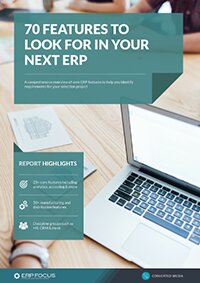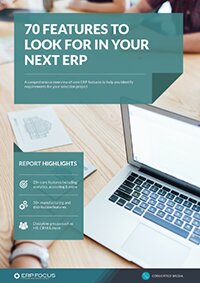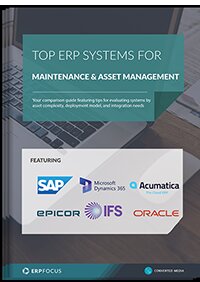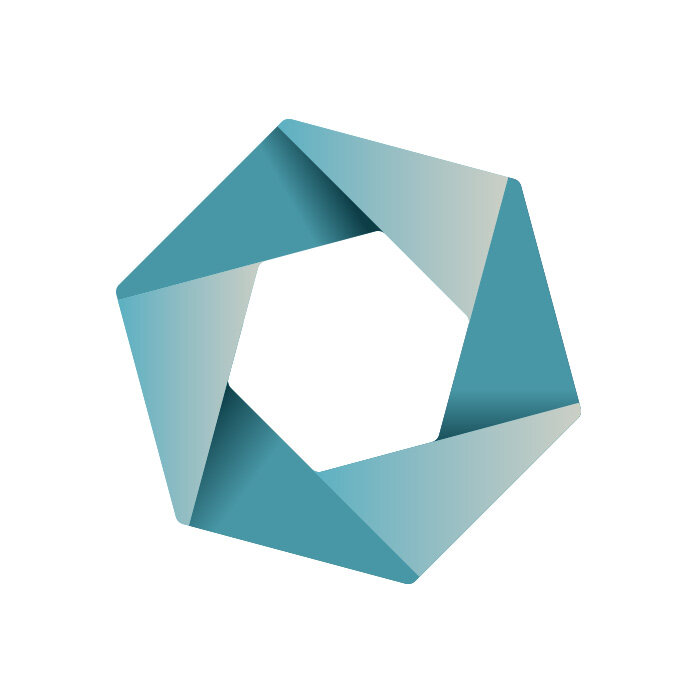Your ERP system may have more BOM functionality than you think
All full-function ERP systems include a BOM (bill of materials) module, but not every company uses it to its fullest.
Here, we’ll outline the core features of BOM within ERP and show why they matter
One challenge is that many companies treat BOMs as mere parts lists sufficient for simple products with short lead times or process-industry items where components converge simultaneously.
In reality, a well-structured bill of materials can:
- Reduce raw material and work-in-progress (WIP) stocks
- Speed up both production and delivery lead times
- Simplify ongoing BOM upkeep
- Boost data accuracy across manufacturing
Let’s look at three bill-of-materials types you probably already have in your ERP:
- Production BOMs
- Phantom BOMs
- Planning BOMs
(Note: “Design BOMs” usually live in CAD or PLM tools, so they’re outside the scope of most ERP systems.)
Production BOMs
This is the classic structure listing every part and sub-assembly for a finished item.
When deciding whether to include low-value consumables (washers, staples, etc.), weigh the cost-tracking benefits against the extra data-entry effort. In some cases, you might manage these via simple reorder points instead of embedding them in the BOM.
Phantom BOMs
Phantom BOMs let you show sub-assembly structure without triggering separate work orders.
For example, if Product A includes Sub-assembly B and Sub-assembly C, marking B as a phantom tells the system it’s built and used immediately, so you only generate orders for A and C. You still see B in the hierarchy, but you avoid unnecessary shop-floor transactions.
You can also use a consumables phantom to bundle many small items once, then reference that single phantom across dozens of BOMs, slashing maintenance time. Or create a “packaging” phantom (pallet, bolts, wrap) and add it as one line item instead of five or six.
Planning BOMs
When your product families have countless option combinations (think vehicles with different engines, trims, and colors), you can’t create separate BOMs for each permutation.
A planning BOM captures every option and the expected mix (e.g., 1.0 L – 20 %, 1.5 L – 50 %, 2.0 L – 30 %).
If you forecast 1,000 units, the ERP automatically derives demands (200 × 1.0 L, 500 × 1.5 L, 300 × 2.0 L), and does the same for every configurable feature.
The result? Your supply chain aligns to the right volumes without exploding part counts, with small buffer stocks handling normal forecast variances.
With these BOM types in hand, you’re ready to explore how they can drive inventory reductions, faster turnaround, and more reliable data
Free white paper

70 features to look for in your next ERP
A comprehensive guide to help you identify requirements for your ERP selection

Featured white papers
-

Top ERP Software for Maintenance & Asset Management
Compare ERP systems with CMMS and EAM capabilities to manage your assets smarter
Download


